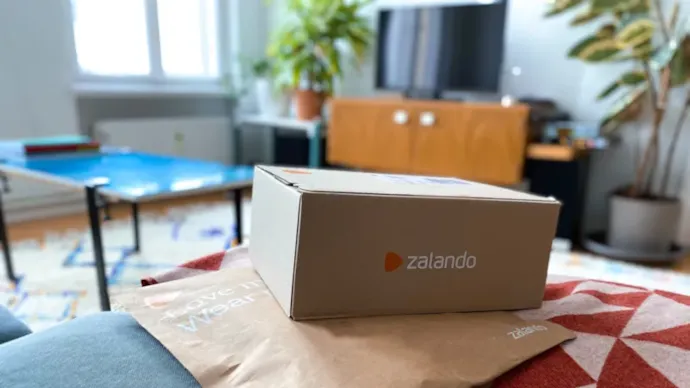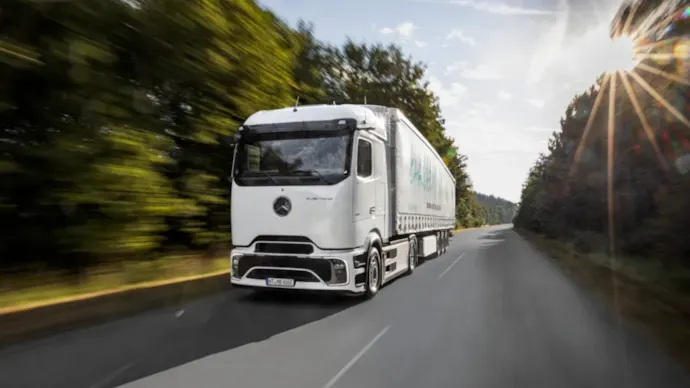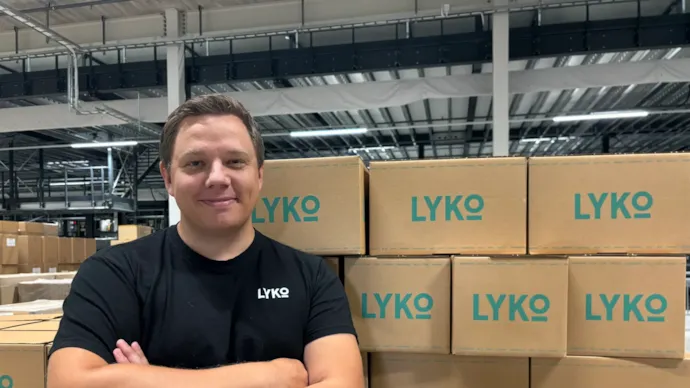The last mile: a key to sustainable logistics
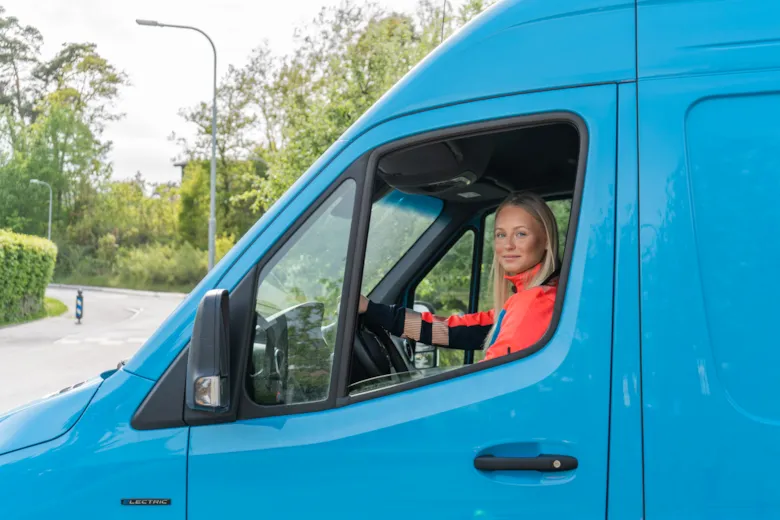
The last mile, the final stage to the recipient, is one of the most complex and resource-intensive parts of the delivery chain. At the same time, PostNord is making major progress here in reducing its climate footprint even as parcel volumes continue to grow.
A growing flow
Parcel volumes are steadily increasing, placing ever higher demands on speed, efficiency, and sustainability in the last mile. The industry is expanding rapidly, and that growth is clearly visible at PostNord.
“During the pandemic, when everyone was at home ordering online, we saw a sharp rise in parcel volumes. Even though things levelled off after the pandemic, the curves are now pointing upward again,” says Kalle Henriksson, Distribution Manager at PostNord’s terminal in Veddesta, Sweden. Meeting this growth with climate-smart solutions is one of PostNord’s top priorities. Per Wollin, Green Technology and Climate Lead, notes that today about 45 percent of the company’s last-mile fleet is already electric.
Electrification in practice
In Veddesta, electrification has moved from vision to reality. In just three years, the number of electric vans has grown from five to 45.
“We have had to adapt, and we are proud of what we have achieved,” says Kalle Henriksson.
Saga Lannefelt, who works as a driver, describes how daily work has changed:
“Unlike fossil-fuelled vehicles where you can easily refuel, with electric you have to plan the range for the entire shift. But it’s a small adjustment compared to what it means for the environment,” she says.
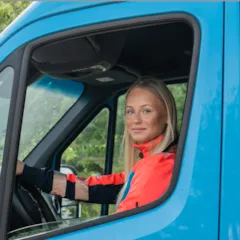

Technological limitations and future vehicles
Making electrification a reality takes more than just vehicles. Route optimization, training and internal collaboration are also essential.
“We train in eco-driving and always plan our routes to be as efficient and environmentally adapted as possible,” says Kalle Henriksson.
Although last-mile deliveries from Veddesta are now entirely fossil-free, not all vehicles run on electricity. Some longer routes still use biodiesel, mainly for areas outside the current range of electric vehicles.
Veddesta covers a large geographic area, from Solna and Bromma up to Sigtuna, Märsta and Bålsta. The majority of these routes are already electric, but reaching full coverage requires vehicles with longer range and greater load capacity.
“The electric vehicles we have today simply are not enough to cover all our areas,” says Kalle Henriksson.
Climate criteria in transport purchasing
In Norway, most of PostNord’s transports are carried out by external transport providers. Here, PostNord has introduced an environmental agreement with all subcontractors. This strategic move is designed to accelerate the transition to zero-emission transport. In this agreement, both PostNord and the supplier commit to a plan for gradually replacing vehicles, making it an important tool in procurement processes where zero-emission requirements are clearly defined.
The agreement not only supports existing customer relationships but also future business opportunities. More and more customers expect sustainable solutions, and companies that can’t meet these demands risk losing competitiveness.
Smart planning and shared responsibility
“We look forward to testing new electric vehicles later this year that can travel further and carry more. I believe that within a couple of years, the Veddesta terminal will be 100 percent electric,” says Kalle Henriksson.


With new electric vehicles on the way, offering both longer range and greater capacity, the future looks bright.
“The climate is our shared responsibility. It’s about the future and about creating a world we can all live in,” Kalle Henriksson concludes.
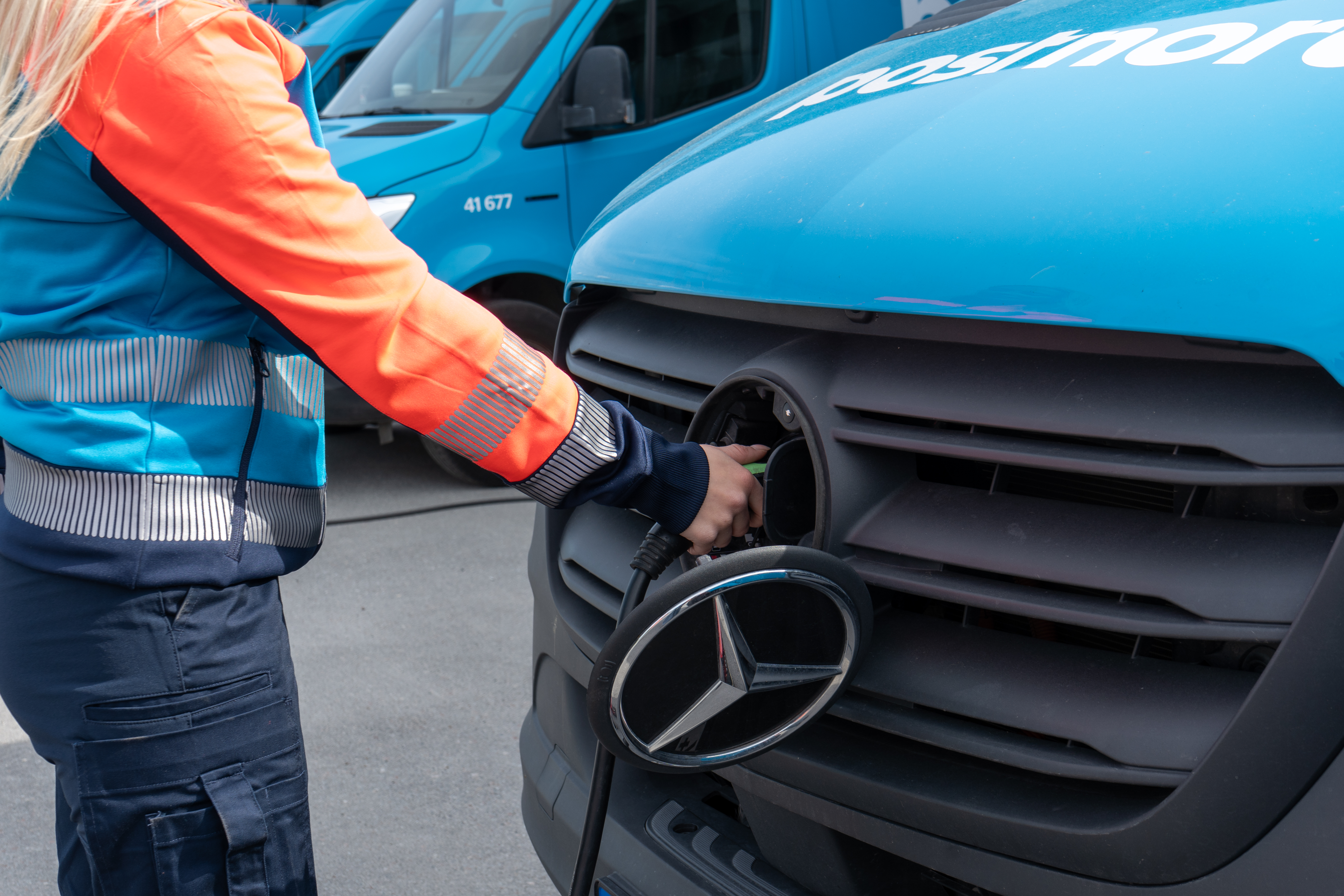
Net zero by 2040
A web series about PostNord's climate agenda
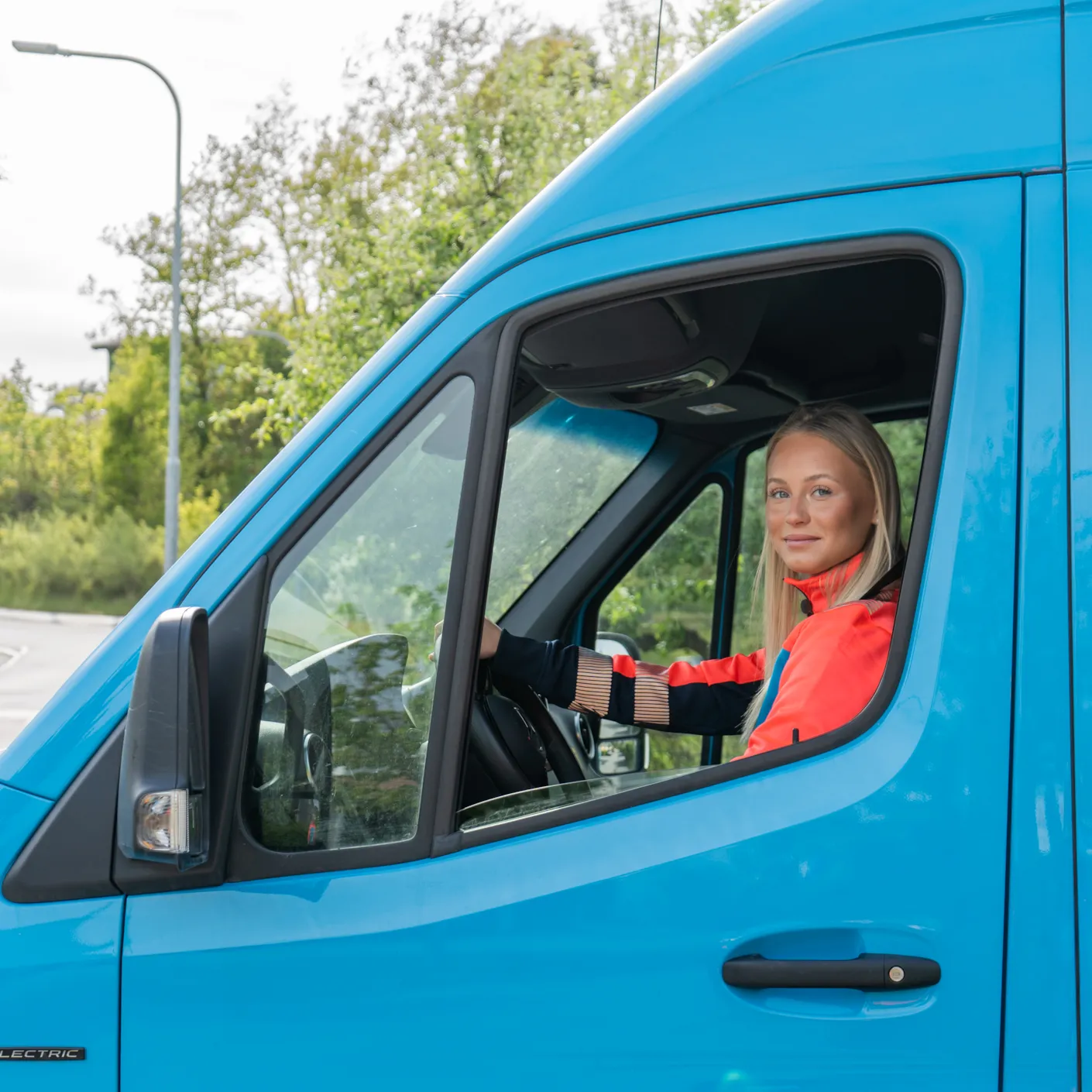
4. Fast and sustainable last-mile delivery
The last mile is crucial – this is when the delivery reaches the recipient and they decide if we have done a good job.
Every day, thousands of parcels reach homes, parcel lockers and service points. In this episode, we explore how we are making last-mile delivery both fast and fossil free.
Sustainability stories
Explore our stories to learn how PostNord is leading the way to sustainable logistics.
